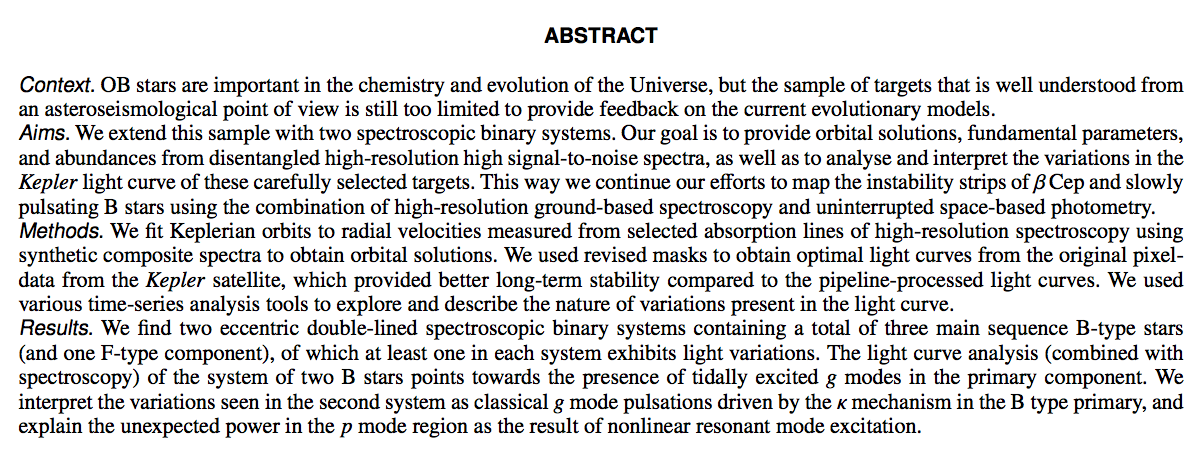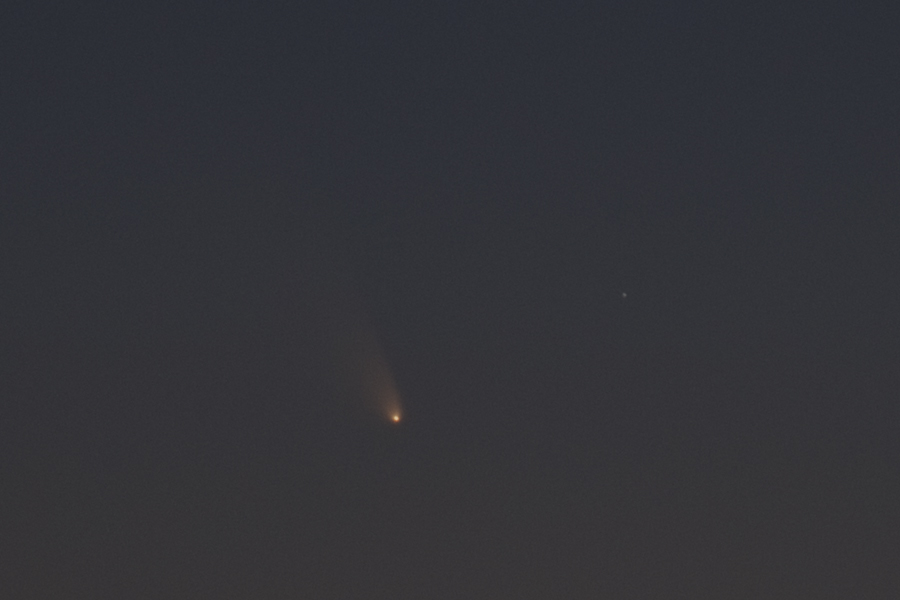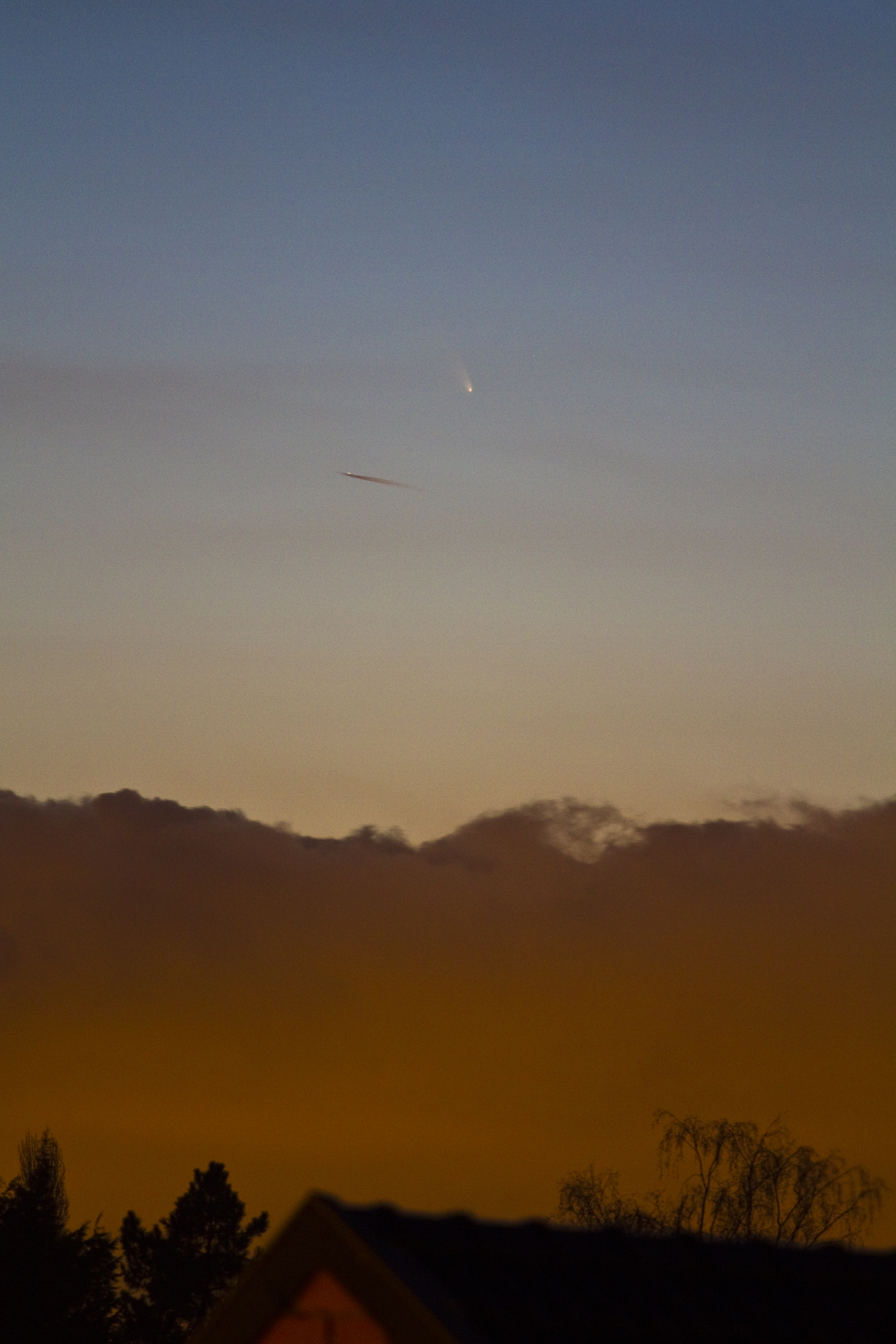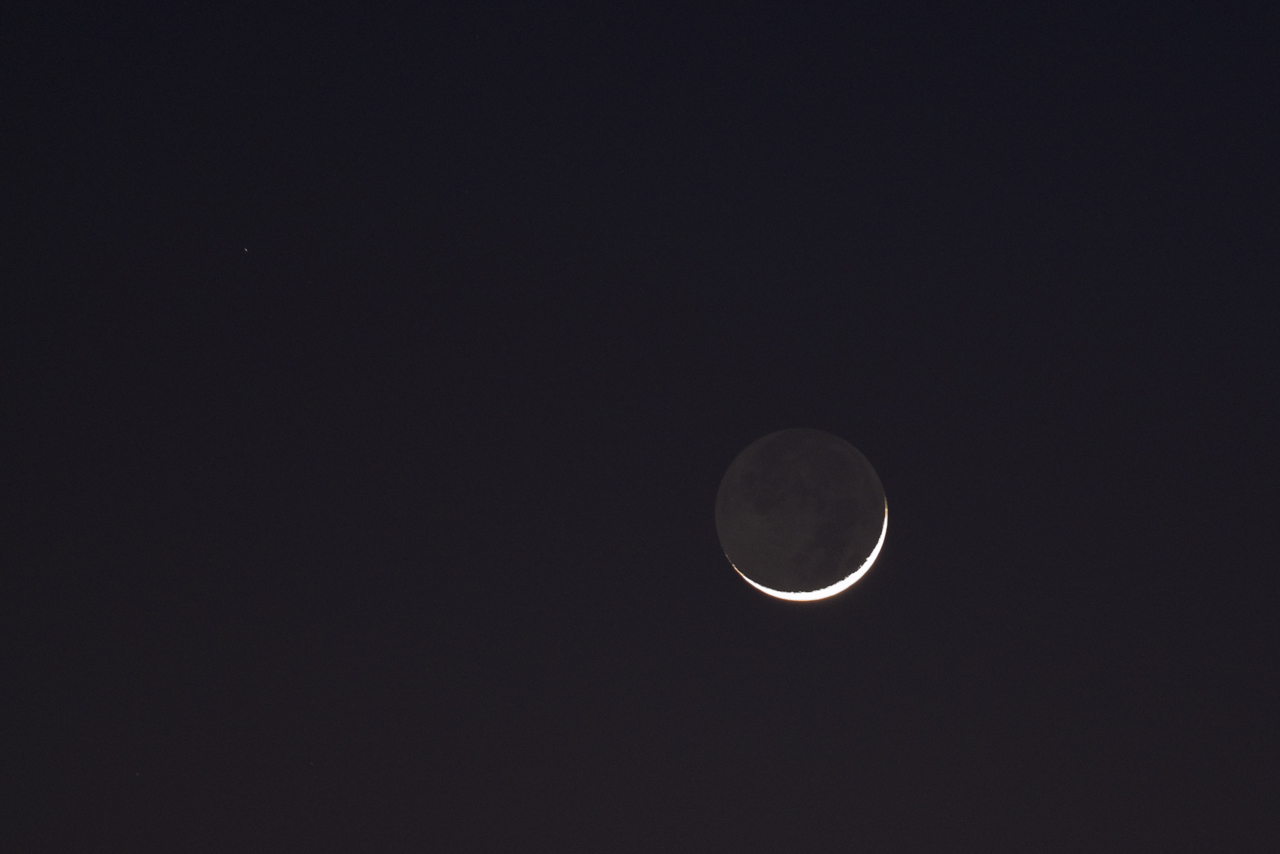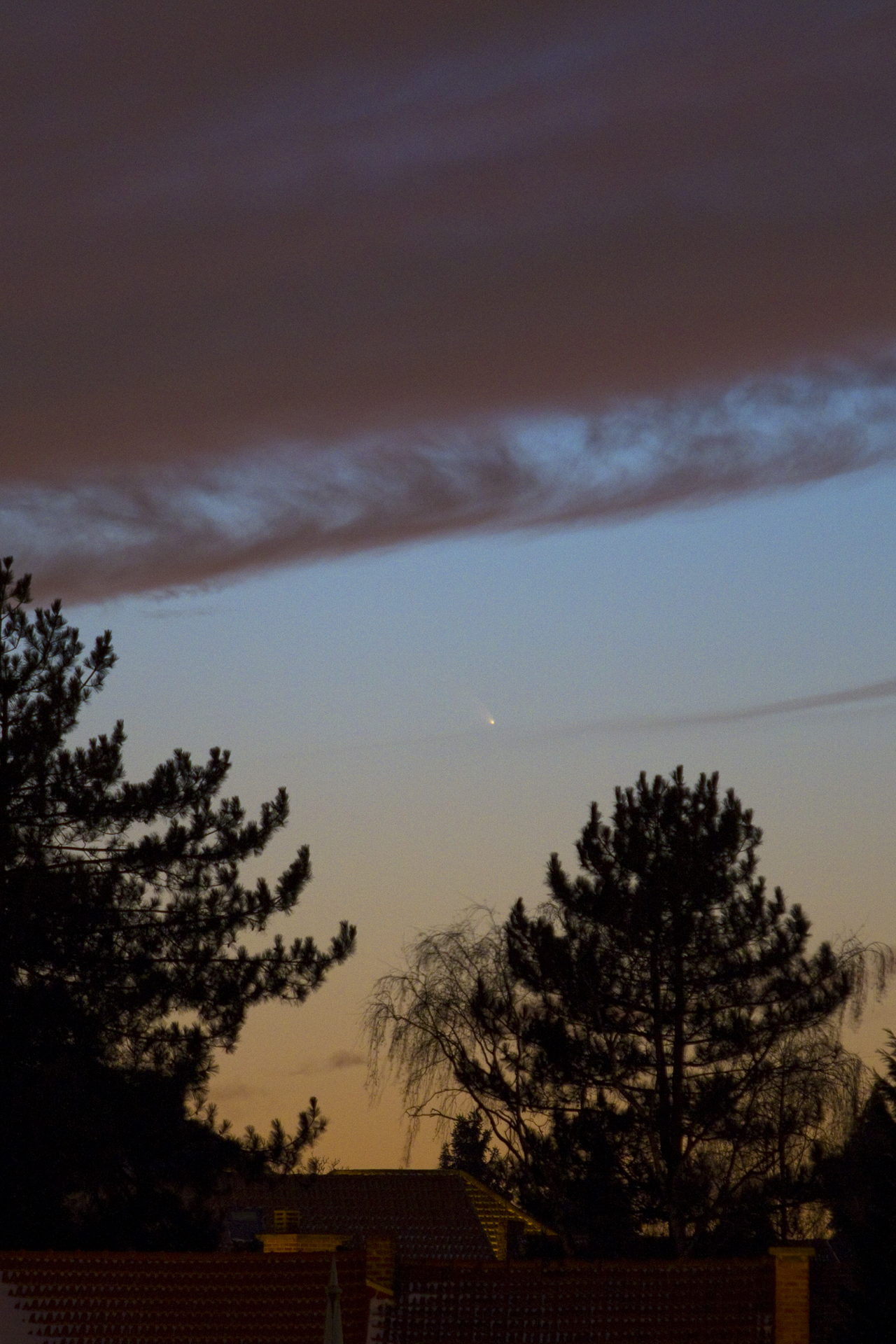Good news: my next paper (Two new SB2 binaries with main sequence B-type pulsators in the Kepler field) is accepted for publication in Astronomy and Astrophysics! It is my longest paper so far, and maybe the one closest to my heart (just after the second one). It contains the work I have done in the last year, so if you are interested, you can already have a look at the non language-edited – but other than that final – version on arxiv.org. The acceptance mail came just in time, since this enabled me to still include the last minor changes in my thesis, and change the note on Chapter 4 from “under revision” to “accepted for publication”, which is always good. Furthermore, telling your jury on the internal defence, that now this work is also in press, is definitely a good point and might help to avoid some nasty questions too :D.
Tag Archives: phdinleuven
My PhD thesis is ready for the jury!
Yesterday I printed my PhD manuscript (which blocked one of the printers at the institute for an hour…) and sent it to the members of my jury! I have been working on the text (the introduction and conclusion parts, as the main chapters are my published/in press first author papers) in the last weeks, so I am pretty happy it is finally done. My internal PhD defence will be on the 18th of April, then we will see how good the text is. I am satisfied with it, hopefully my jury will like it too. And if you think that now I have nothing to do, you are so wrong… For example, I got invited to give a review talk on the KASC 6 conference which will be held in Sydney during the last week of June (just two weeks after another conference on Rhodes), so today I had to prepare an abstract and a small “FWO Grant for participation at a congress abroad”, to get money for my flights :)
Comet Pan-STARRS (C/2011 L4) in detail
This evening the sky was finally completely clear, so I managed to take a few nice shots of the comet again. I made the zoom-in below by averaging 9 individual 1 second exposures (as I have no motorised equatorial mount to track the comet, I can not use longer exposure times with the focus set to 200 mm, because the sky turns too fast). It was barely visible with the naked eye.
The star positioned towards the top right from the comet is 51 Piscium, and the apparent distance of the two objects was 21.5′, or 2/3 of the apparent diameter of the Moon. And below is a more wide-angle look (aka, the full image at 200 mm a bit earlier during twilight).
Earthshine
I wanted to catch the comet again today, preferably with the Moon in the same picture, but the clouds were not very cooperative. The area around the position of the comet was covered, and only the Moon – situated higher up on the sky – was visible… So I took a picture of the Earthshine (the dark side of the Moon is being dimly lit by Earth, or to be more precise, it is illuminated by reflected sunlight from Earth) instead. Same setup and settings as yesterday, except for the 1.6 sec exposure time.
The first sighting of Comet Pan-STARRS (C/2011 L4)
After a day of weather conditions more typical to Scandinavia than Belgium (a week ago it was 18°C and sunny, today it was snowstorm in -4°C almost all day long), the sky started clearing up from the Northwest just enough that I managed to catch the first bright comet of 2013 a few degrees above the horizon. I could not find it with the naked eye, but it was easy to see in my 10×50 binoculars. The thin crescent of the Moon was also visible for a few minutes before this picture was taken, but unluckily it had set by the time the comet appeared from behind the cloud layer.
Picture details: Canon EOS 7D + Canon EF 70-200mm f/4.0 L IS USM lens @ 200mm, f/4, ISO800, 1s, crop showing half the full frame.
